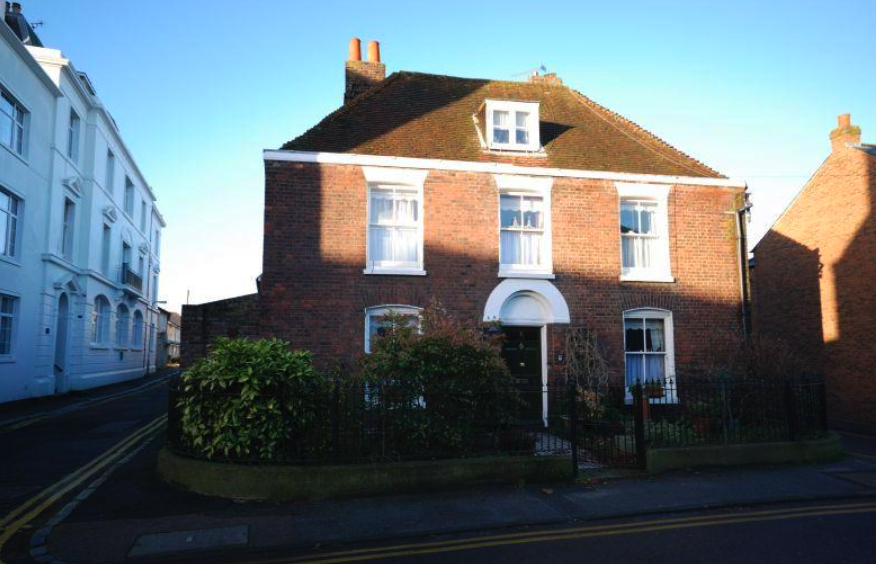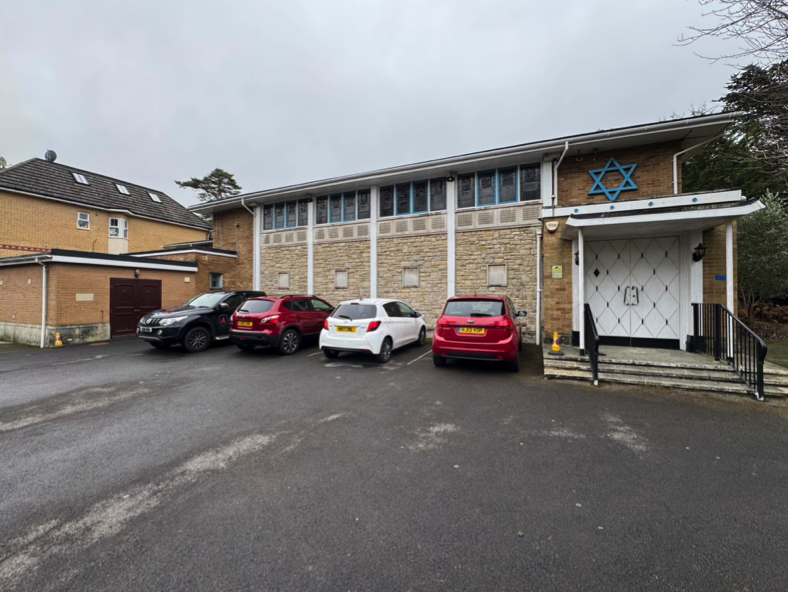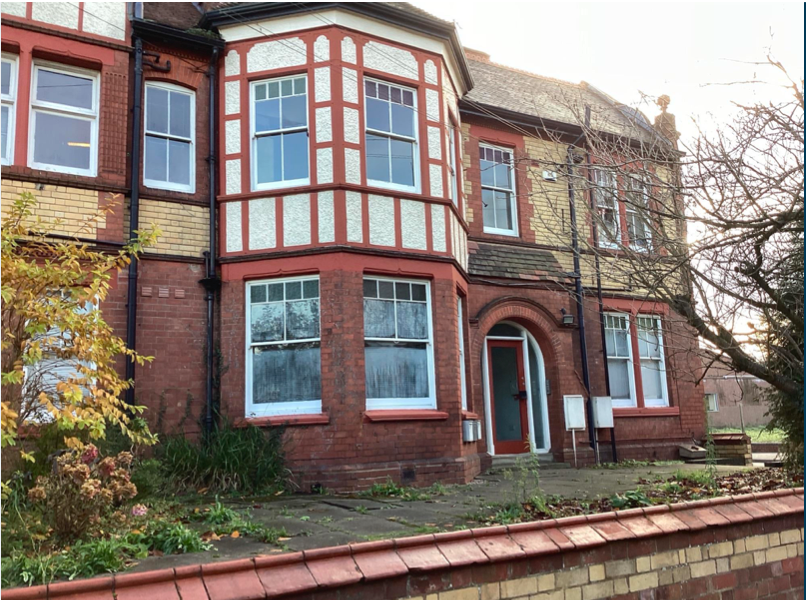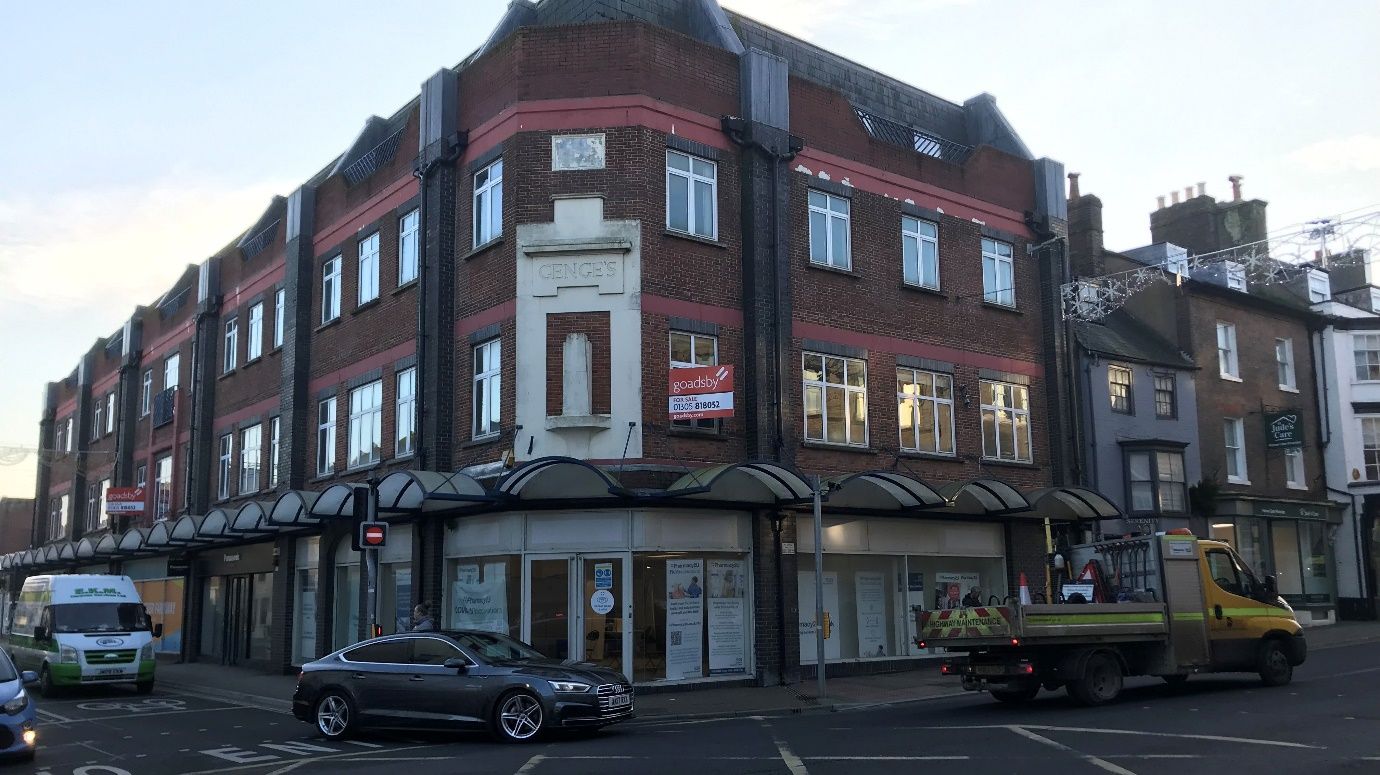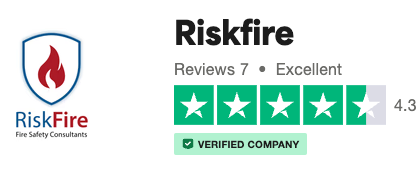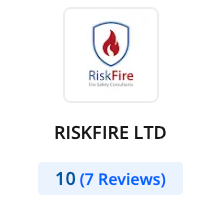Case Study: Valor Lettings Nottingham
Residential dwelling in Nottingham
Project Overview
Property: 4 bedroom semi detached residential rented accommodation
Industry: Residential
Contract Awarded to: RiskFire
Type of Contract: FRA
Project Scope: Fire Risk Assessment
Location: Nottingham
Project Duration: 1 day
Scope of Works
RiskFire was appointed to assess and improve the fire safety measures for Valor Lettings. The primary objectives were to ensure compliance with The Fire Safety Order (2005) and associated regulations while mitigating risks for tenants and staff.
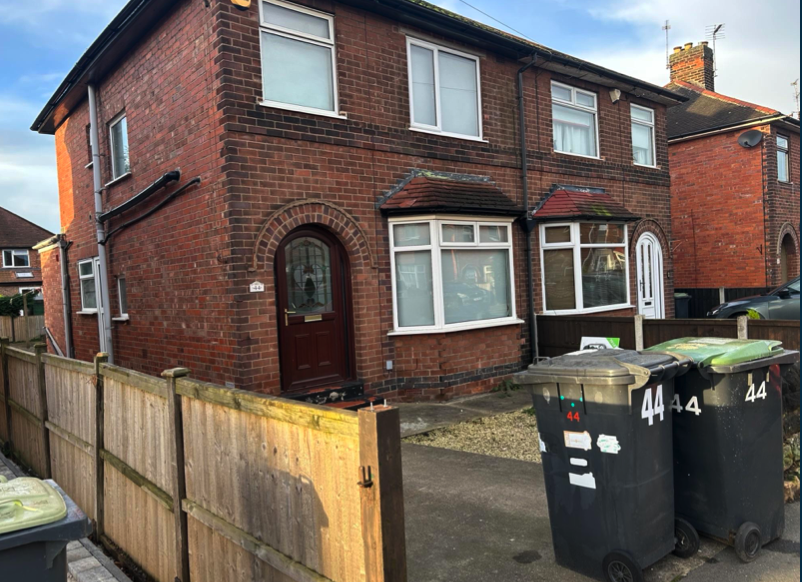
Challenges
The following critical fire safety issues were highlighted:
- Electrical Safety Concerns:
- Absence of regular testing for the building's wiring structure.
- Unsafe use of extension leads, block adaptors, and multiple socket adaptors.
- Gas Safety:
- Gas Safe inspections had not been conducted.
- Combustible Materials Management:
- Poor separation of combustible materials from potential ignition sources.
- Fire Doors and Closers:
- All fire doors required adjustment to close correctly into their latches.
- Three door closers were damaged and required repair or replacement.
- Signage and Notices:
- Inadequate or missing 'No Smoking' signs in entrances and communal areas.
- Insufficient directional signage along corridors and stairs.
- Fire action notices were missing at key locations.
- Emergency Plan and Policy:
- No documented fire safety policy or emergency plan outlining responsibilities, evacuation procedures, and key actions.
Solution Provided
RiskFire implemented a comprehensive action plan to address these challenges:
Electrical Safety Measures:
- Scheduled an inspection and testing of the wiring structure by a competent electrical contractor.
- Provided guidance on safe usage of extension leads and recommended avoiding block adaptors and daisy-chaining.
Gas Safety Compliance:
- Arranged a Gas Safe inspection to ensure compliance with the Gas Safety (Installation & Use) Regulations 1998.
Combustible Materials Management:
- Provided recommendations for better separation and storage of combustible materials away from ignition sources.
Fire Door and Closer Repairs:
- Adjusted all fire doors to close correctly into their latches.
- Repaired or replaced three damaged door closers.
Signage and Notices Installation:
- Installed 'No Smoking' signs at all entrances and communal areas.
- Added directional signage along corridors and stairs to highlight escape routes.
- Installed fire action notices at the building's entrance.
Fire Safety Policy and Emergency Plan:
- Drafted a fire safety policy defining board-level responsibility, the role of the Responsible Person, and the nomination of individuals for maintenance and testing tasks.
- Developed a comprehensive emergency plan covering evacuation procedures, staff roles, assembly points, and communication protocols with emergency services.
Inspection and Maintenance Regime:
- Scheduled annual discharge testing of emergency lighting per BS5266 with a competent provider.
- Established a monthly testing regime for emergency escape lighting systems.
- Arranged for periodic servicing of the smoke detection and alarm system per BS5839.
Record-Keeping:
- Created a record-keeping framework for testing and servicing fire safety systems, emergency lighting, fire drills, and staff training.
Results
The fire safety upgrades and compliance measures delivered the following outcomes:
1. Improved Compliance:
- Valor Lettings now complies with The Fire Safety Order (2005) and related standards, including BS5839 and BS5266.
2. Enhanced Safety:
- Electrical and gas safety risks were mitigated through inspections and corrective actions.
- Fire doors and closers were fully operational, improving fire containment and tenant safety.
3. Increased Awareness and Preparedness:
- Clear signage, action notices, and a documented emergency plan improved tenant and staff readiness for fire incidents.
4. Reliable Maintenance:
- Established regular inspection and maintenance routines for fire safety systems.
5. Comprehensive Documentation:
- Record-keeping practices ensured transparency and preparedness for audits.
Conclusion
RiskFire’s thorough assessment and targeted fire safety interventions at Valor Lettings significantly enhanced the property’s compliance and safety standards. This project highlights the critical importance of proactive fire safety management and detailed planning in residential lettings properties.
This FRA was completed using the Firehub app.
More Case Studies
Contact us below and get your free quote!
We will get back to you as soon as possible.
Please try again later.
Our Accreditation's
RiskFire provides excellent, industry leading services with key accreditation's to certify our work and ensure you're receiving the best possible surveys for your buildings.


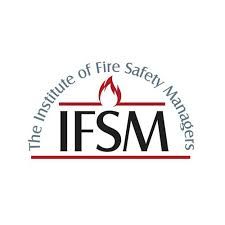


Contact Us!
Protect your building with RiskFire's professional fire stopping services. Whether you're seeking passive fire protection companies or experienced firestopping contractors, our team is ready to assist. Contact us today to schedule a consultation or learn more about our services.
Inspection Services
Contact Information
Repton House
Bretby Business Park,
Ashby Rd, Newhall,
Burton-on-Trent DE15 0YZ
Installation Services
Company
All Rights Reserved | Risk Fire Ltd
